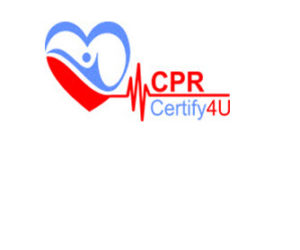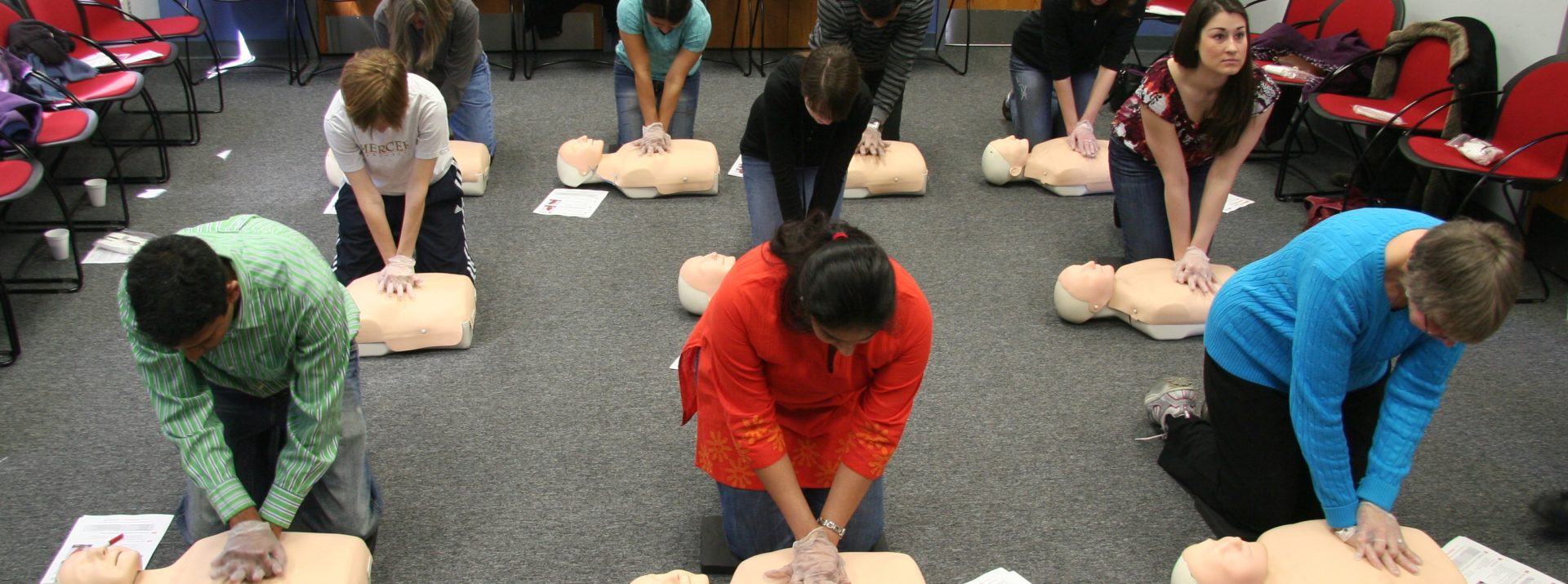Solar Company in DFW
For most of the civilized world, especially in nations like Australia, France, and Canada, there is a massive push in to the renewable energy market that today is driven mainly by solar power. When most people think solar powered energy, they have images of these large, unsightly glass panels which are just strewn across fields absorbing sunlight. Though the actual construction and design of the panels are many more sophisticated than that now, they are able to make beautiful, practical additions to a great deal of homes.

The main element to getting the most effective kinds of solar power panels for your house that work the most effective and give you the best value is to locate quality solar contractor. Though, for a lot of, they aren’t sure what these contractors do. In most cases, a specialist in the solar companies are your go-to source to take care of your needs completely. They are going to offer you a quote and consultation that’s specific in your property and placement. They’re going to walk you through your alternatives and talk you thru how much. And, on top of that, they handle setting up the products and be sure that they’re working and doing everything they promised.
Top Great things about a Quality Solar Professional Helping you
To assist you understand better, listed here are the most notable few benefits you will get by using a winning contractor.
The knowledge You Don’t Have
The actual fact with the matter is that you don’t really need to head to any specialized school to setup solar panel systems. You wouldn’t be building we have; you’ll try to be connecting things and hooking the rigs up per their design. Even still, it’s an incredibly complicated and involved job. You don’t only must setup the panels and make sure they’re angled and moving the correct way, however, you also have to setup the battery rigs, the converters, and tie it to your home’s primary power outlet/source. A reverse phone lookup is what a solar installers near me can provide for you, that you just cannot handle yourself if you don’t possess a lot of time and a few experience with these kinds of work.
To be able to Adjust
Let’s say that you opted, beginning to end, to purchase and install solar power systems yourself. You get the panels you think that are correct, and you go to hook them up. However, once you’re midway over the project, it becomes clear that you haven’t gotten enough panels to offer you enough electricity to run your house. Or perhaps you do a lot of the work and cannot have the converter worked out, so that your batteries won’t charge. You’ve wasted time and cash, and also this all has been prevented by selecting a qualified contractor. They can enable you to get that ability to adjust and get it right.
Customization and expense Framing
One thing a specialist can provide you with that you just probably can’t do on your own is framing how big the price of a method which will meet your exact specifications. Every rentals are quite different, and many folks have another, limited budget. So what a contractor are able to do is locate you a system providing you with you with everything which you will want for your power needs, whilst meeting your budgetary requirements.
System Integrity
Just how may be the system employed by your home? Something a quality contractor will perform is hang around to help you ensure you’re getting all you can from the system, which means that they’re not just likely to tighten a number of screws and after that flee for you. What they’re gonna do is help calibrate the device so that you’re having the level of electricity over the conversion that you’re said to be getting.
Things told, locating a quality contractor may be the only way to go. There are many benefits that you’re gonna gain when you select the best solar powered energy contractor in the area. From a to z, this is actually the 6 ways to give you a good setup you could afford.
For more details about solar installers near me go this internet page


